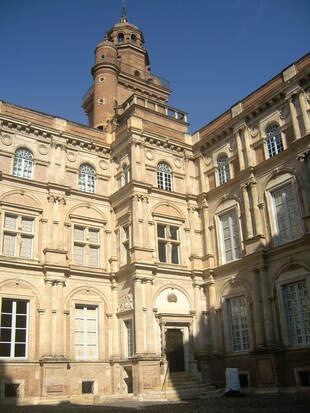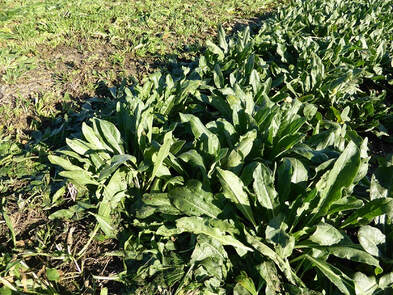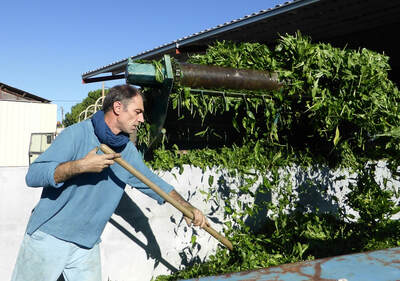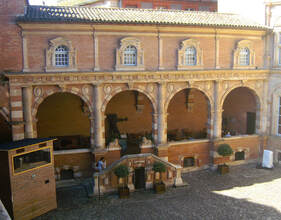The Bemberg Foundation Anyone can visit the interior of the Hôtel d’Assézat because a large part of this exceptional building is given over to a museum displaying the splendid art collection of a rich Argentinian, Georges Bemberg. This includes works by Tintoretto, Monet, Gauguin, Toulouse-Lautrec and Picasso. I have enjoyed several visits to the Bemberg myself, but please note that at the time of writing, it is closed for refurbishment and is expected to re-open early in 2023. A more detailed explanation of the pastel trade, past and present, can be found in my book Lauragais.
0 Comments
Leave a Reply. |
Colin Duncan Taylor"I have been living in the south of France for 20 years, and through my books and my blog, I endeavour to share my love for the history and gastronomy of Occitanie and the Pyrenees." |






 RSS Feed
RSS Feed
